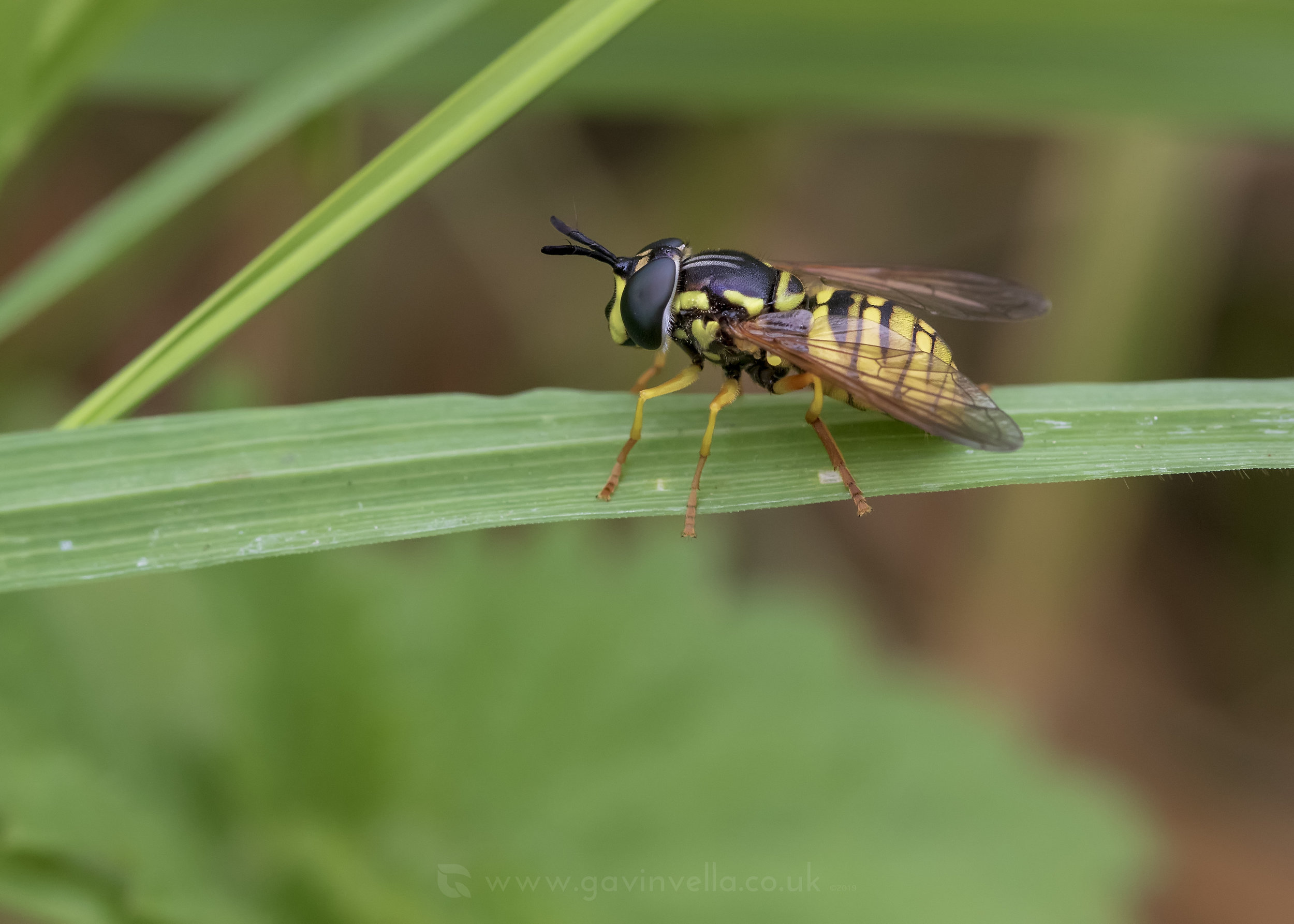Summer is coming to a close with wet and windy breaking up whats left of those long drawn out days. It’s probably a little early to talk about autumn, but for me, it feels so far away from spring already. I was reminded of this while watching one of my Nightjar chicks fledging this week, both of which are nowhere to be found now, so I suspect they’ve travelled to more suitable feeding grounds while preparing for the big fly back to Africa!. Here’s a pic of the Chick before fledging. I think their first clutch failed, or they were just very late breeding this year. The parents are the two birds photographed in my last blog here. Look how short his/her bill is! Pretty adorable.
While we’re on Migration. I was sent this by my friend Craig last week. For those that wonder how these birds migrate over vast oceans, well, sometimes they do need a rest! And what better way todo that than on a big quiet ship deck? Check these birds out! Some really rare stuff too but the best by far is at the end.
Tomorrow we’re due for another storm, and today you could feel the calm before the storm as it was beautiful and really low wind! It’s not very often that I can take the windshield off around the coastline but conditions were perfect today so I tried to capture a Long-winged Conehead with the rising ride in the background.
As our Coneheads reach to almost the limitations of our hearing range, I’ve slowed the recording down slightly so you can appreciate the quality more but it’s not too slow that you can’t hear the sea background.
Long-wined Conehead










